For years, the assumption inside crypto and across traditional finance was simple: when institutional adoption finally matured, Ethereum would be the chain Wall Street chose.
This is unsurprising, considering the network is the largest smart-contract network, the default environment for developers, and the ecosystem that has shaped today’s idea of programmable finance.
However, as institutional tokenization efforts accelerate, a new hypothetical question has entered mainstream discussion: what if the chain institutions ultimately rely on is not Ethereum, but Solana?
The scenario remains speculative, but the fact that it is being entertained reflects a shift in how market infrastructure is now being evaluated.
Solana’s evolving image
Solana’s early identity was shaped by retail speculation. Its low fees, high throughput, and ease of deployment made it the natural home for memecoins, high-velocity trading, and experimental retail primitives. For much of its existence, that chaotic environment defined the network’s cultural brand.
Yet the same characteristics, including sub-second finality, negligible fees, and a high-performance runtime, that fueled its speculative mania are now being reframed as the foundations for institutional-grade settlement.
Solana can process more than 3,000 transactions per second at an average cost of half a penny, according to Solscan data. Ethereum, by contrast, remains constrained at the base layer, relying on rollups to scale throughput and manage costs.
 Solana Transactions Per Second (Source: Solscan)
Solana Transactions Per Second (Source: Solscan)This performance profile has caught the attention of analysts tracking the intersection of blockchains and traditional capital markets.
Bitwise CIO Matt Hougan recently described Solana as “the new Wall Street,” arguing that its low-latency execution model aligns more closely with institutional workflows than general-purpose alternatives.
At the same time, stablecoin issuers and tokenization firms have amplified this narrative by building increasingly sophisticated products on the network.
Still, Solana’s aspirations remain far ahead of its reality.
Today, the blockchain network averages around 284 “trades” per second in the sense of user-initiated value-moving instructions, which is far below the raw throughput it advertises.
On the other hand, Nasdaq executes roughly 2,920 trades per second and processes about $463 billion in daily volume, compared with Solana’s approximately $6 billion.
 Solana vs Nasdaq Key Metrics. (Source: FliptheNasdaq)
Solana vs Nasdaq Key Metrics. (Source: FliptheNasdaq)So, the gap in economic density between the two platforms remains substantial.
However, Solana’s developers claim that upcoming upgrades will further optimize validator performance, enhance scheduling, and reduce block contention. Indeed, these are advances that could bring the network closer to the reliability profile expected of market infrastructure.
But whether that is achievable remains uncertain; nonetheless, the ambition signals a strategic shift, showing that Solana no longer wants to be merely a fast blockchain. The network wants to be an execution engine capable of supporting regulated financial operations at scale.
As Galaxy Research stated:
“[Solana] is now evolving toward a cohesive vision of “Internet Capital Markets,” a system capable of supporting the full spectrum of digital financial activity, from retail speculation and consumer apps to enterprise-grade infrastructure and tokenized real-world assets.”
What will Solana be worth if Wall Street gives it a Chance by 2030
The question of what Solana could be worth if Wall Street were to adopt it meaningfully has prompted the development of new modeling frameworks.
Artemis CEO Jon Ma recently published one such model, arguing that once traditional assets move on-chain, blockchains will be valued more like infrastructure than speculative equities.
In Ma’s framework, the value drivers become throughput, cost efficiency, fee capture, and the ability to support high-volume, low-latency financial flows. Narrative dominance matters less. His model predicts that the global tokenization market will be between $10 trillion and $16 trillion by 2030.
 Solana Financial Model (Source: John Ma)
Solana Financial Model (Source: John Ma)Under a scenario where Solana captures even 5% of that activity, it could support a market capitalization approaching $880 billion.
The model incorporates factors such as annual turnover, projected declines in inflation, and blended revenue rates derived from priority fees, base fees, and Jito tips.
None of these projections implies inevitability. They highlight, instead, how the market may begin to assess blockchains once real-world assets are moved on-chain at scale.
Tokenized RWAs already total about $35.8 billion, nearly double their level from late 2024, according to Rwa.xyz. As that figure grows, performance and execution costs become more central to the conversation.
In this framework, Solana’s appeal stems from the qualities that once defined its retail culture: speed, low fees, and the ability to scale without relying on external execution layers.
Ethereum’s strengths, including security, tooling maturity, and regulatory familiarity, remain the default institutional preference, but tokenization adds pressure to assess chains through a new lens.
Mentioned in this article





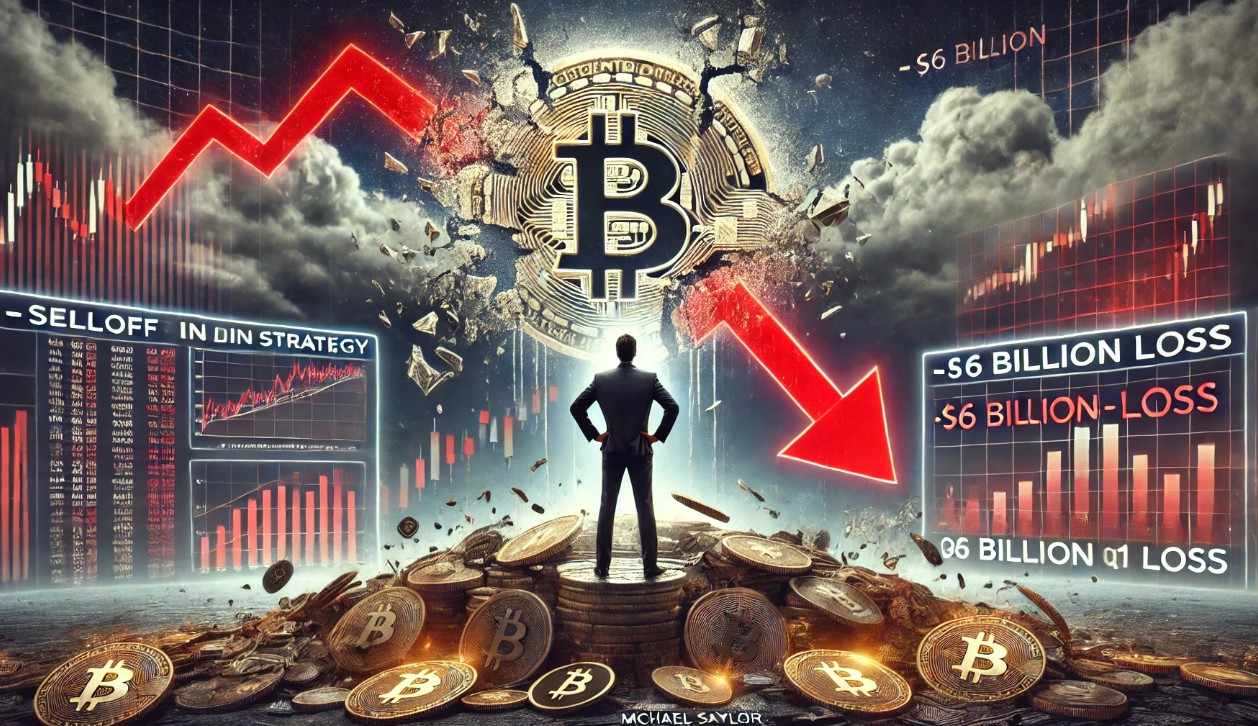
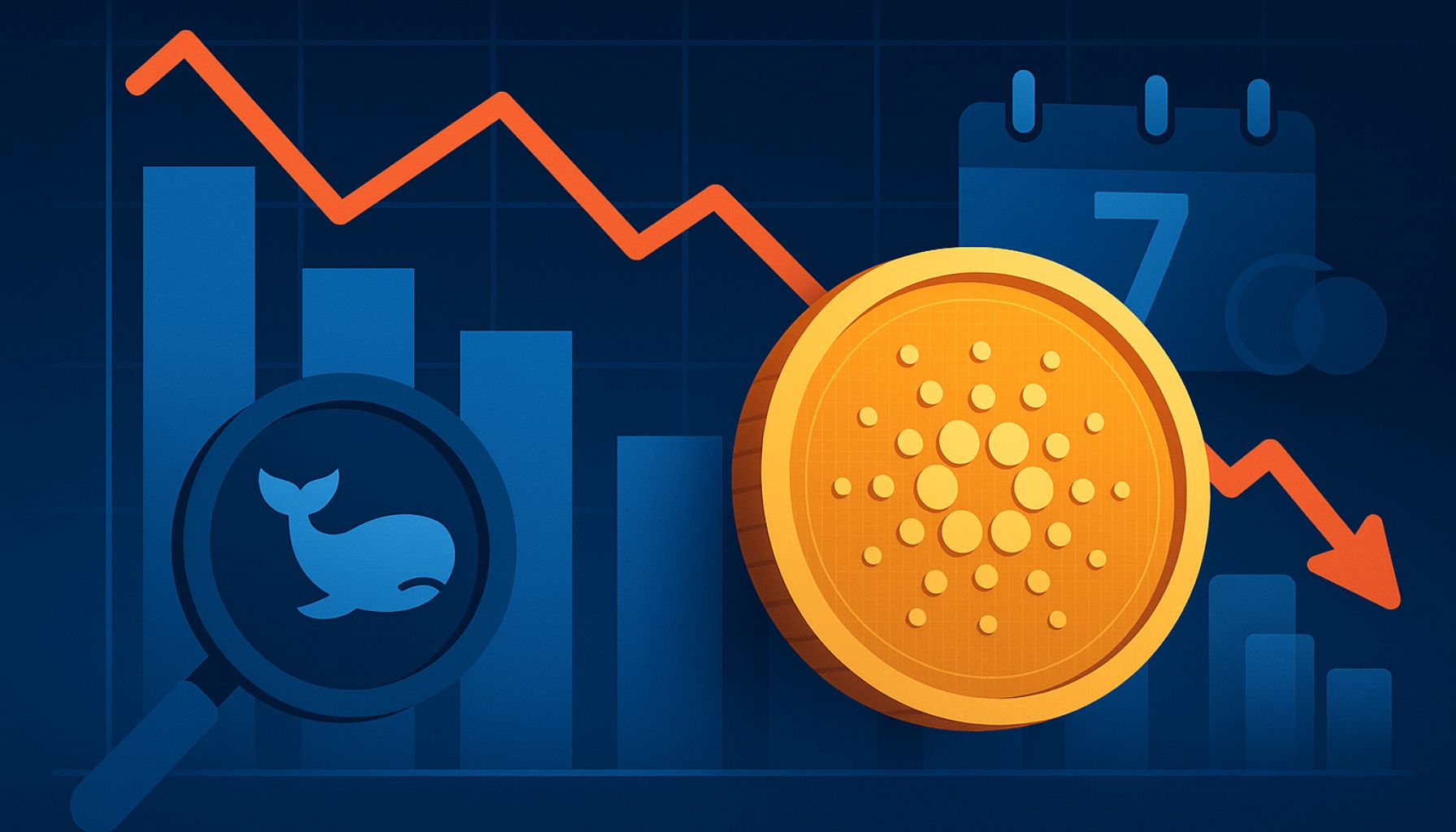
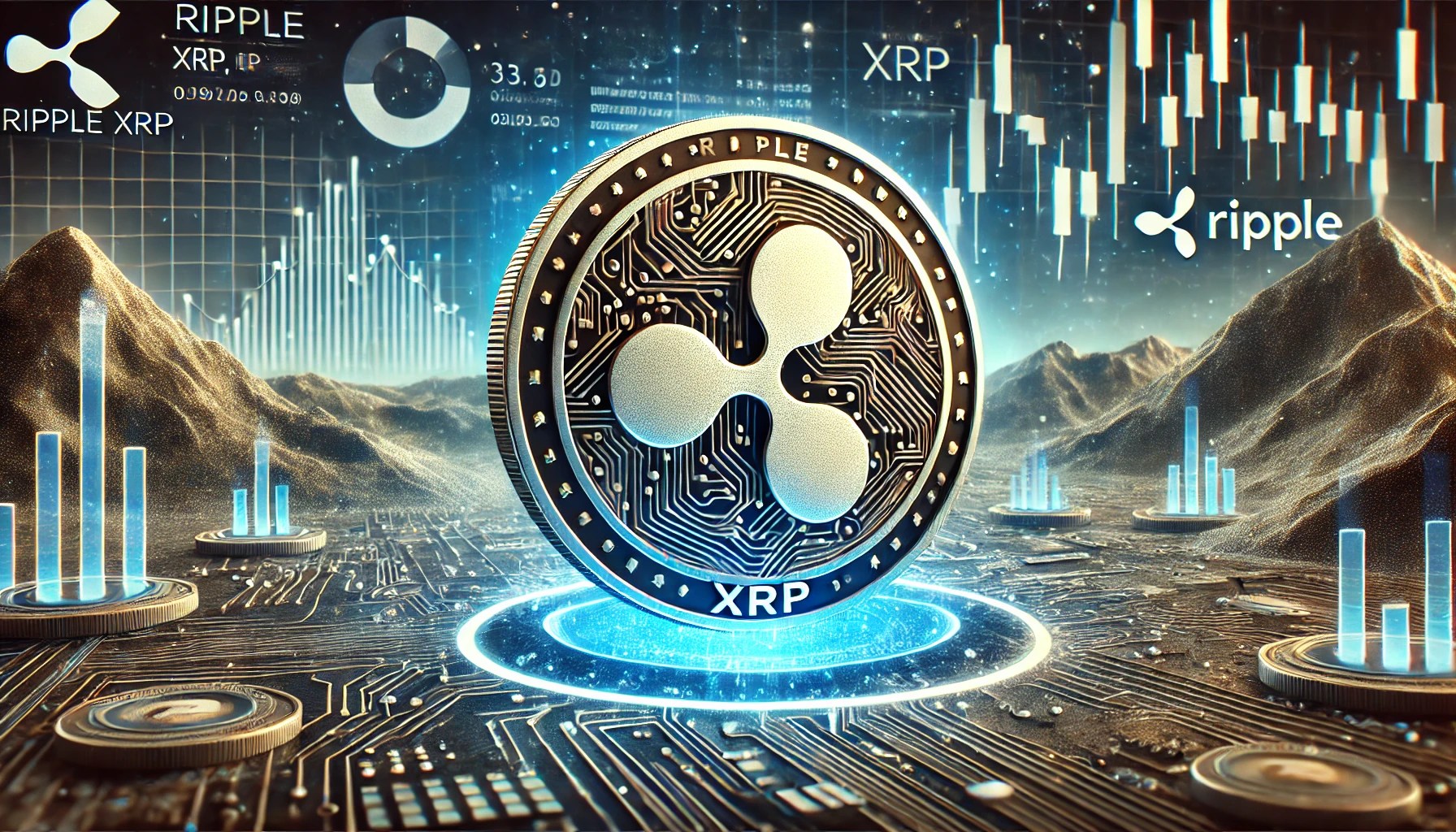

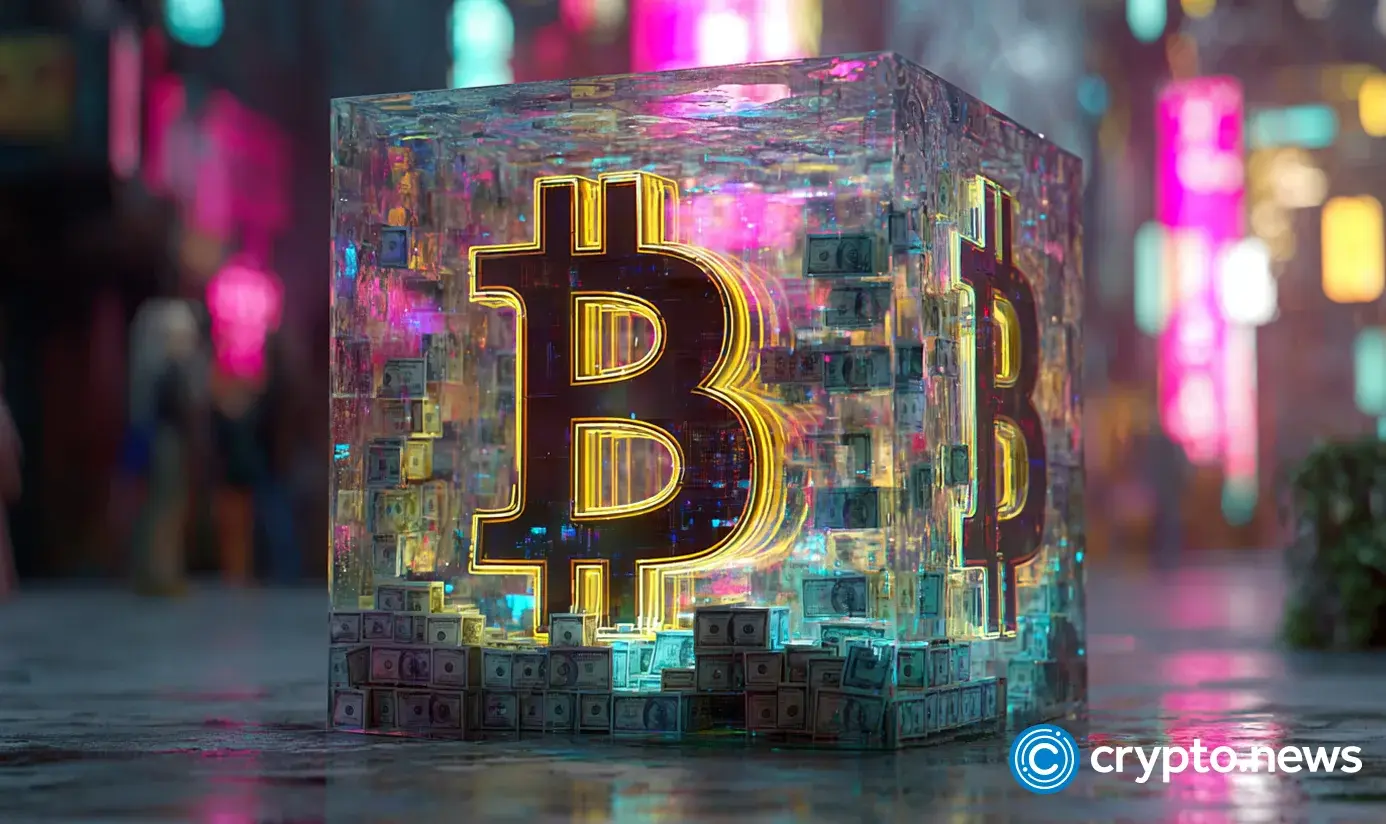

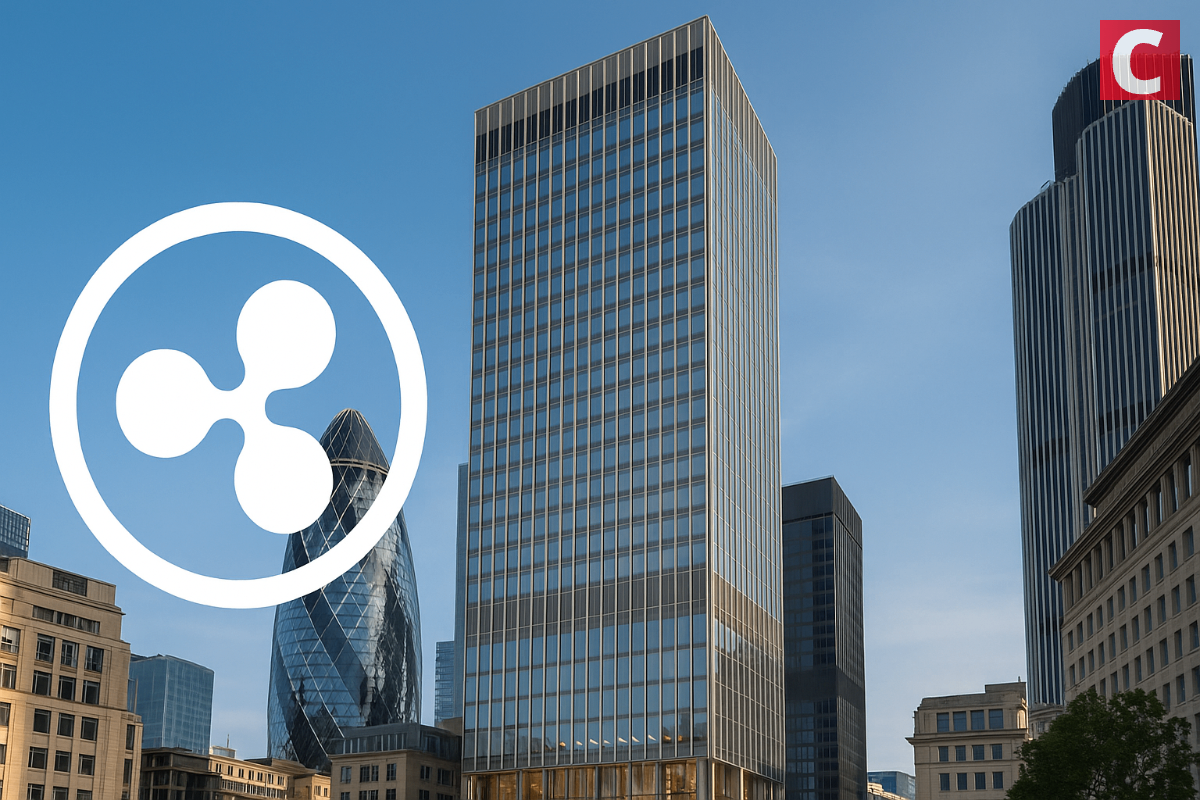
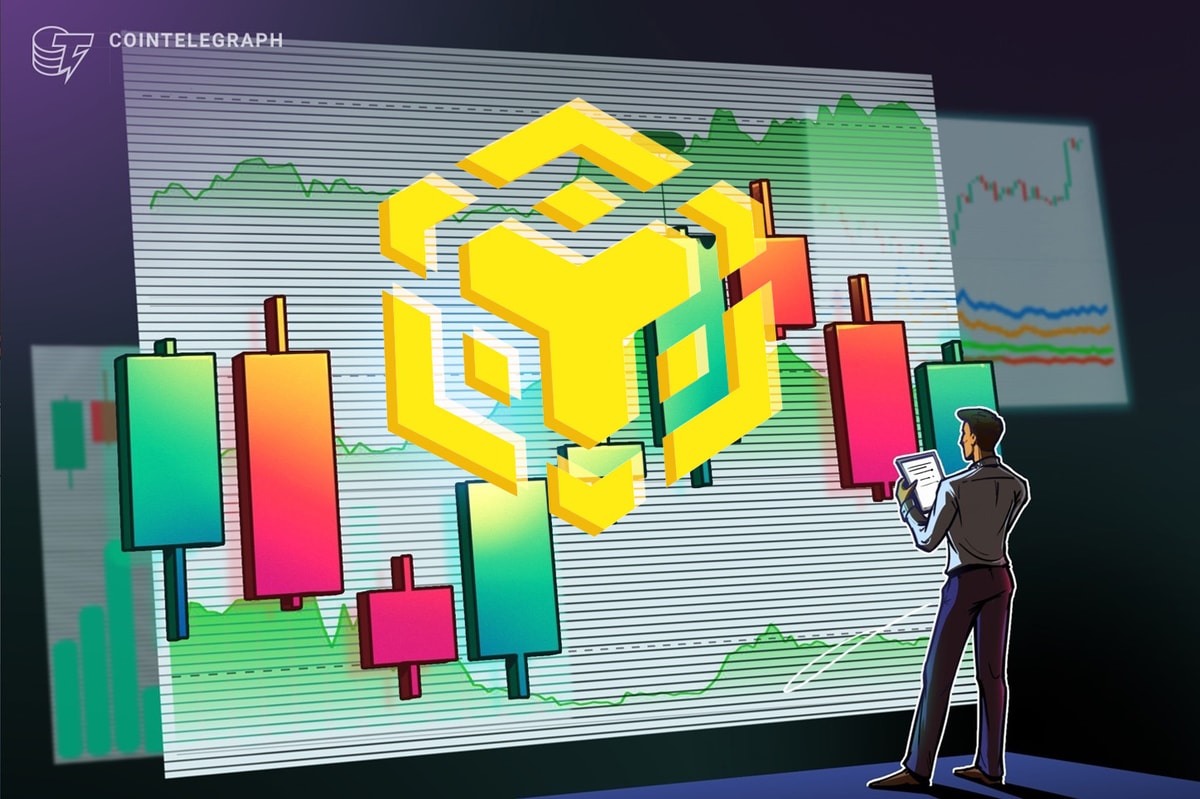
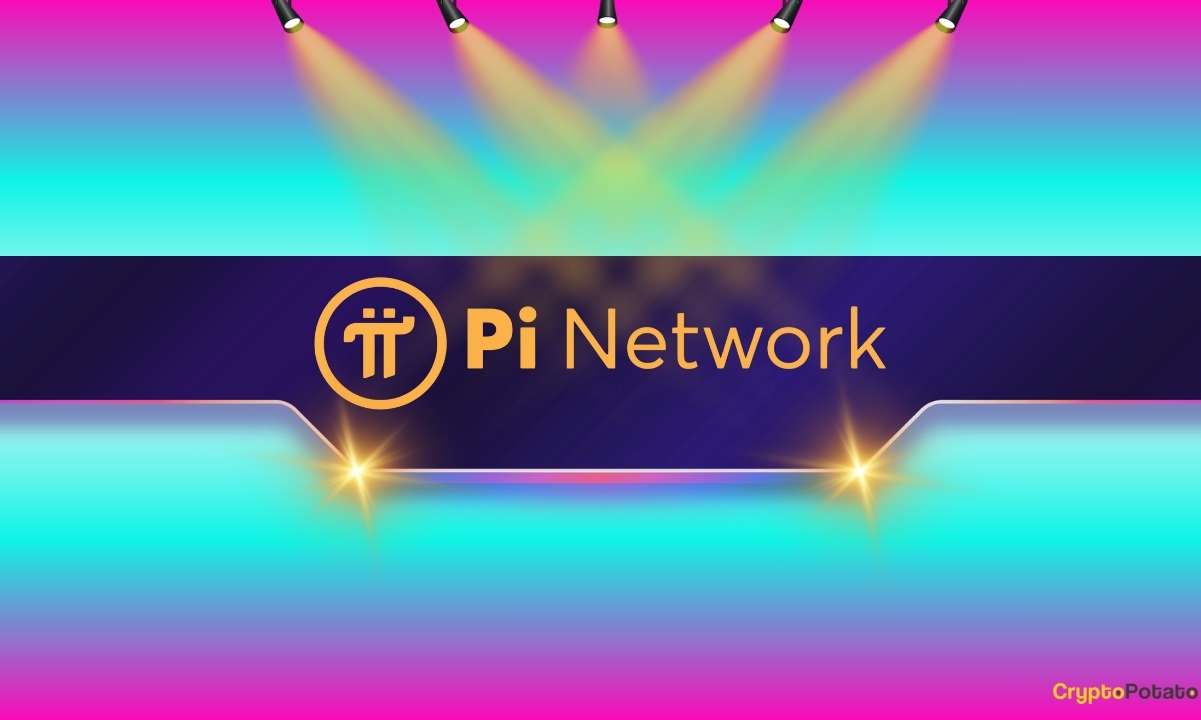




 English (US) ·
English (US) ·